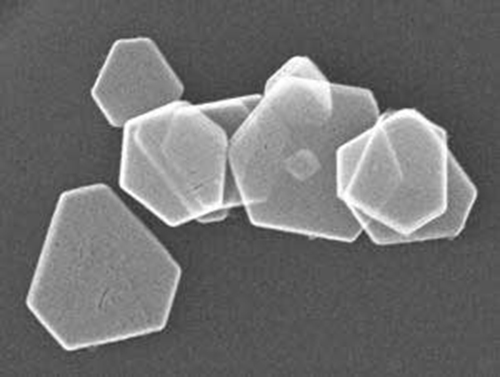Precise control of nanostructures is key for forming functional nanomaterials, which can enhance electronics, sensors and drug delivery, among many other applications. Researchers are investigating how to mimic biology to fabricate nanomaterials, because biomolecules are able to bind with specific targets, self-assemble, and build complex structures.
For example, functional inorganic structures could be fabricated by mimicking a phenomenon called “peptide-mediated biomineralization.” In this process, short chains of amino acids, called peptides, bind with an inorganic substance, such as silver, and enhance its crystal formation. However, it is extremely challenging to control the spatial orientation of the peptides, which determines the final structure.
A team of researchers, led by Hokkaido University biomolecular chemist Kazuyasu Sakaguchi, successfully controlled the assembly of silver biomineralization peptide molecules. They controlled this process with the help of a tumor-suppressing cellular protein called p53. The peptides fused to chains of p53 proteins formed tetramers, groups of four molecules (Scientific Reports, “Oligomerization enhances the binding affinity of a silver biomineralization peptide and catalyzes nanostructure formation”).

The tetramers, groups of four molecules, were used to precisely guide silver nanoparticles to take a specific shape: in this case hexagonal nanoplates. Image: Kazuyasu Sakaguchi
Tetramers are symmetrical, making them an attractive scaffold to guide an assembly process. The tetramers were used to precisely guide silver nanoparticles to take a specific shape: in this case hexagonal nanoplates.
They found that these tetramers have a strong attraction to the specific surface structure of the silver molecules, apparently regulating the direction of crystal growth to form hexagonal nanoplates. Furthermore, the tetrameric peptide controlled the silver’s crystal growth without degrading, enabling it to repeat the process many times.
This method of using biomineralization peptides and other proteins provides “an efficient and versatile strategy for controlling nanostructures of various inorganic materials,” says Sakaguchi. “The production of tailor-made nanomaterials is now more feasible.”
Source: Hokkaido University




